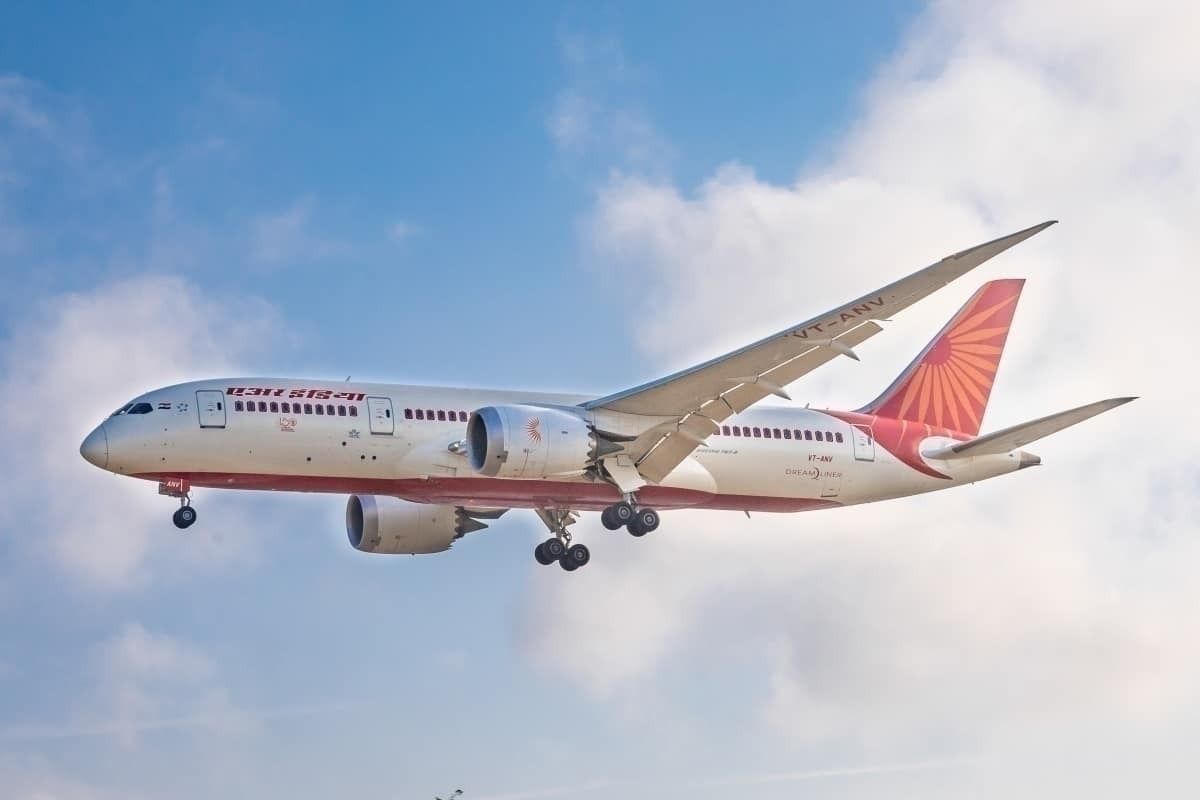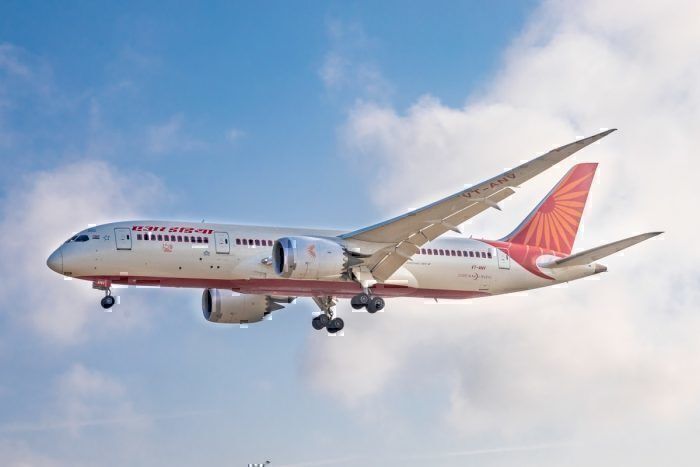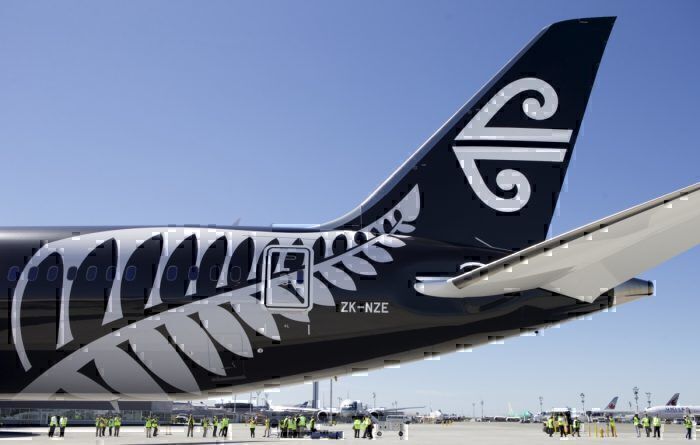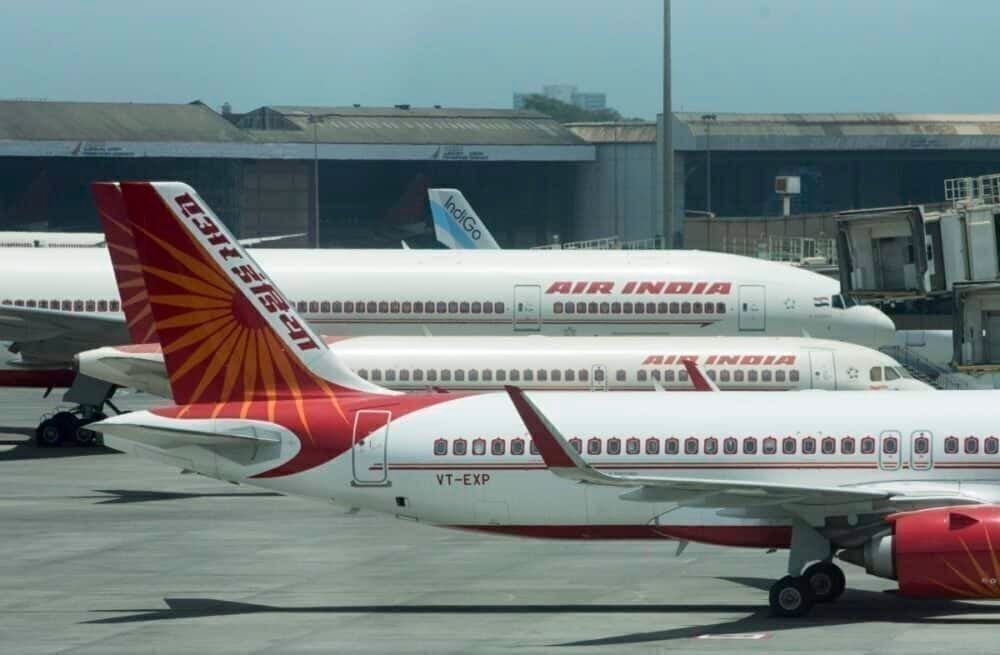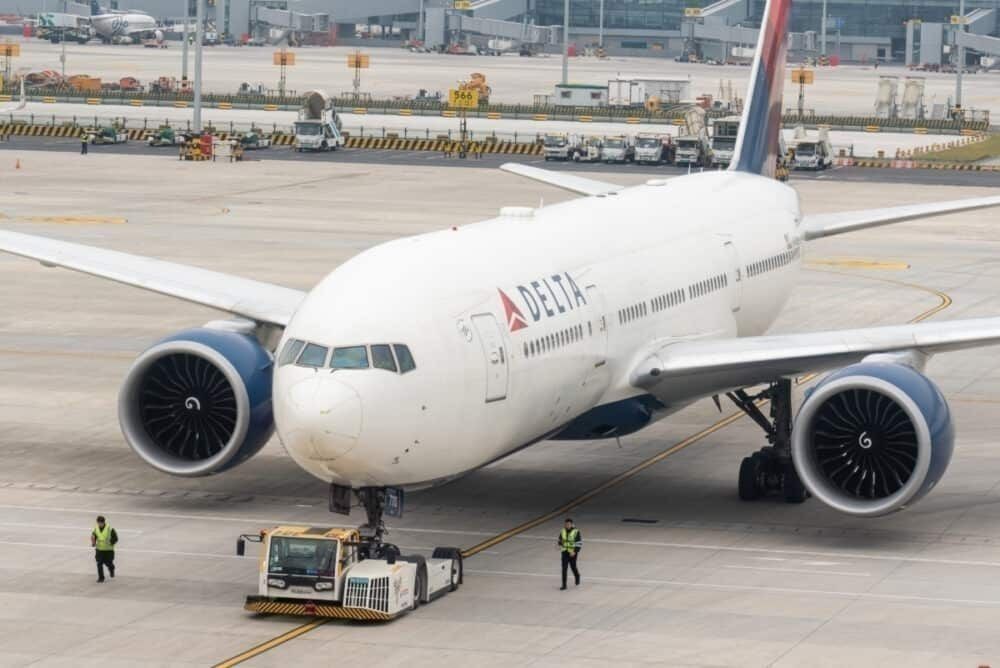India is considering forming travel bubbles with a number of countries, including the US, UK, Germany, and France. The news comes after the US' complaint that India is violating flight agreements by banning US airlines but allowing Air India to operate. India is now looking for a solution to allow foreign carriers into India and to restart international travel.
Limited travel bubbles
India is looking to create a "travel bubble" with a few countries that have limited the spread of the coronavirus. But what is a travel bubble? A travel bubble, also known as an air bridge, is a method of border control where countries agree to forego quarantine requirements and allow free travel. The agreement usually is between countries that have controlled the virus spread, such as Australia and New Zealand, or entire regions, such as the EU.
India has said it is planning a number of travel bubbles, although the announcement was light on details. India's Civil Aviation Ministry said it is looking to form bubbles with the US, UK, France, and Germany at first. These countries were chosen due to the high demand for travel seen even during the pandemic. Both the US and France have complained about Air India's monopoly, with the latter even prohibiting inbound passengers from India.
Difficult to implement
While travel bubbles do sound like an excellent way for India to restart international travel, there are three main issues.
- India is currently struggling to control the coronavirus. The country is clocking its highest daily cases, upwards of 15,000 cases a day. A large part of these cases are from the hub cities of Delhi and Mumbai, making travel from there risky. It seems unlikely that any country would agree to a bubble with India in the coming months, considering its case count.
- Travel bubbles are highly sensitive to new cases. The Trans-Tasman bubble is likely delayed following a surge of cases in Australia, showing the sensitivity of such an agreement. Many countries are likely to face a second wave, or at least more clusters, making a bubble tough to implement and maintain.
- Is there demand? With the current border controls in place, there are few who are eligible to travel. The absence of leisure travelers will impact airlines, who could see demand drop significantly after the initial group of travelers. If border controls are lifted, countries could see cases rise considering the spread of the coronavirus in many countries.
Ambitious plan
India's plan to form a travel bubble is ambitious, but countries may not take to it, considering the situation today. Seeing the US' complaint of unfair practices, India could just allow airlines to fly into India empty and only carry outbound passengers. This will assuage some countries' concerns and give foreign airlines a fair share of the market. However, doing so could hurt Air India's monopoly over the market, and its bottom line.
India will now negotiate with some countries to create a travel bubble, possibly delaying the entry of foreign carriers in the process. A travel bubble right now is ambitious, but international could be on the horizon.
What do you think of an Indian travel bubble? Let us know in the comments!

